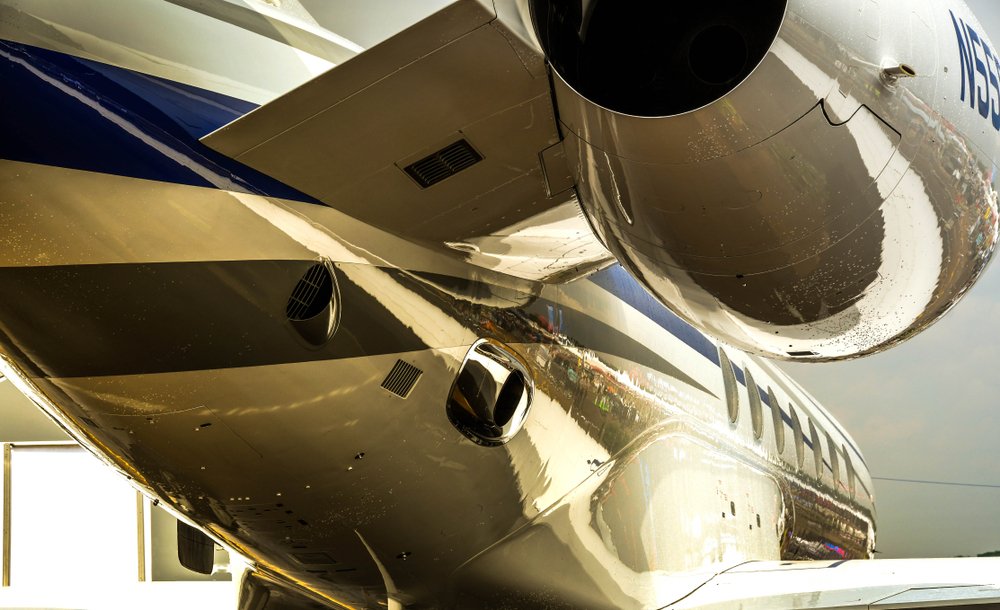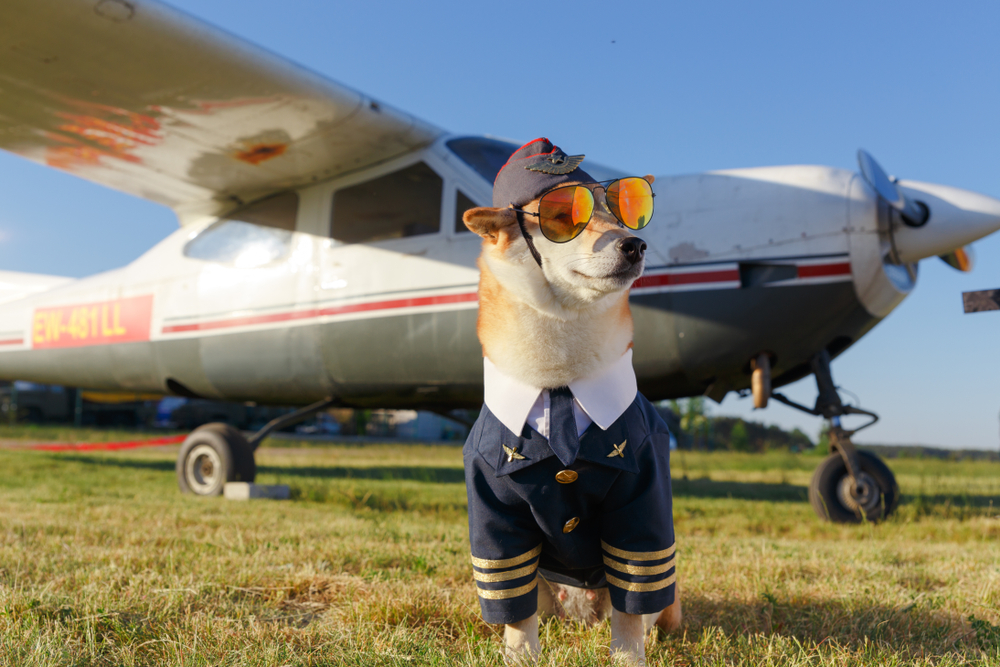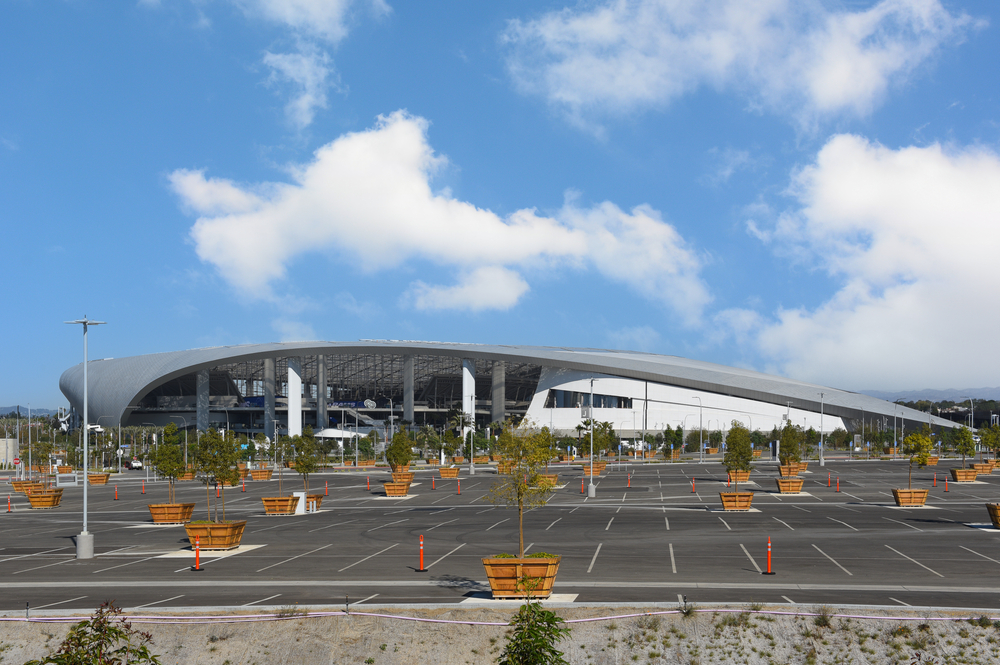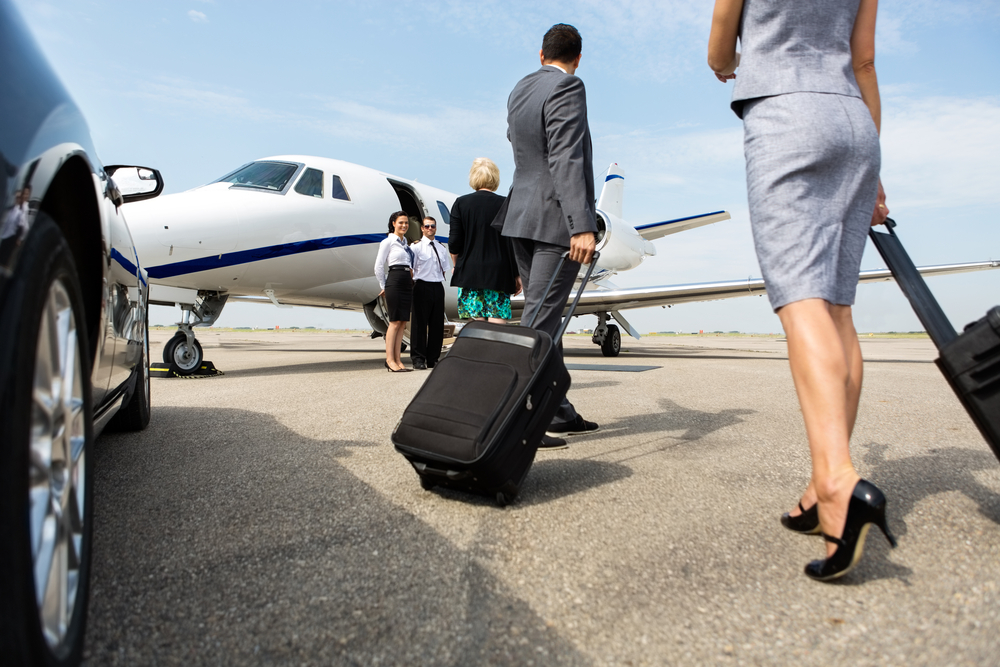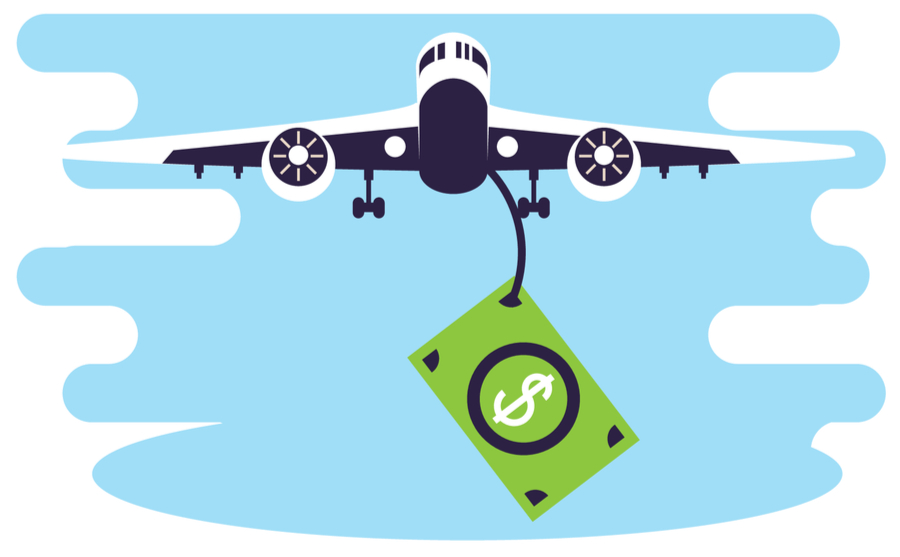It’s proving another exceptional year for growth in the private aviation industry. With first-quarter travel figures up, and more private charters logged, it’s clear a new crop of flyers has developed a taste for the benefits of private air travel. But what’s bringing them to private aviation? Is it business? Pleasure? Personal preference? Evidence suggests it’s all three. For travelers, private aviation represents a new luxury they never knew they wanted — or needed.
Private air travel continues to surge
As the lingering effects of the global pandemic continue to wane, private air travel is up and on the rise in 2022. All signs point to private aviation as a new staple for many travelers.
During the pandemic, flying private was more than just a luxury. It became a necessity. Private flights allowed travelers to avoid the crowds and delays associated with commercial travel. And it’s clear the trend toward private aviation — for business, personal, and leisure travel — is here to stay.
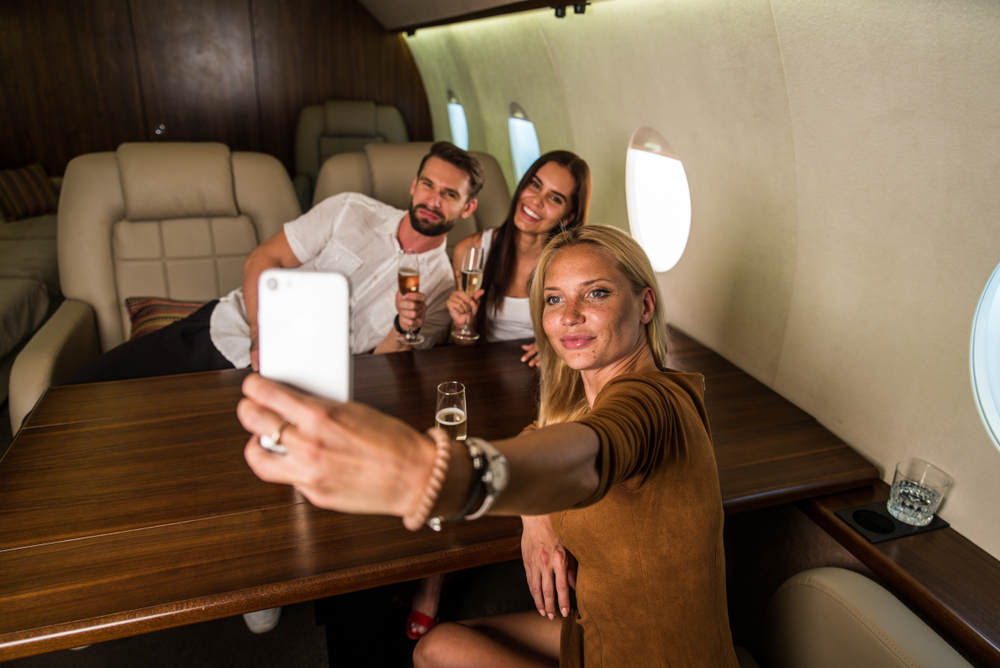
Why are flyers choosing private aviation?
People choose private air travel for three primary reasons: business, pleasure, and personal. But flyers are increasingly choosing private air travel to optimize their trips in creative ways, and they’re blurring the lines between these reasons.
Why does flying private make sense regardless of the reason for travel? Unique features attracting and retaining new private flyers of all three types include:
- Business. While flying private is nothing new when it comes to business, it’s becoming more efficient and accessible without requiring a company to buy a jet. The privacy and comfort of air travel make working while flying possible, which equates to productivity in the air.
- Pleasure. Dreaming of the perfect getaway? Flying private makes any trip feel more like an all-inclusive vacation. It also eliminates travel stress and ensures a pleasant experience from start to finish: no cramped spaces, long lines, middle seats, or noisy passengers.
- Personal. Flying private is great for families with tight schedules who need to travel on their own terms. Traveling with pets? Even pets are VIPs on private jets.

Convenience is king
While many of these benefits are universal, they apply to different travelers in different circumstances. While every traveler can appreciate the privacy, comfort, and efficiency of private air travel, flyers are ultimately looking for convenience.
For instance, business travelers appreciate the ability to stay in charge of their schedule, and takeoff and landing times can be changed at short notice to accommodate changing plans. Meanwhile, leisure travelers appreciate fewer hurdles to overcome in private travel — especially families traveling with children who want to get up, move around, use the restroom, and eat.
Private aviation’s benefits are ubiquitous
The allure of private aviation is clear, and it only takes one exposure to reel in recurring travelers. Whether they’re jetting off to a business meeting, creating an inclusive vacation experience, or reducing the hassles of family air travel, more people are catching on to the benefits of private aviation — and making it their de facto mode of travel for 2022 and beyond.
There’s a growing market for private jets in 2022. But how much does it cost to own and operate a jet of one’s own? Beyond the purchase price, it’s essential to consider all the factors that accompany ownership, including maintenance, operation, hangar space, fuel, and several other expenses. What can you expect to spend if you move forward with a private jet purchase in 2022?
The figure might be higher than you realize. Jet prices are rising at an unprecedented rate, as are the expenses associated with operating one. Fuel, avionics upgrades, and crew costs are all on the rise as well.
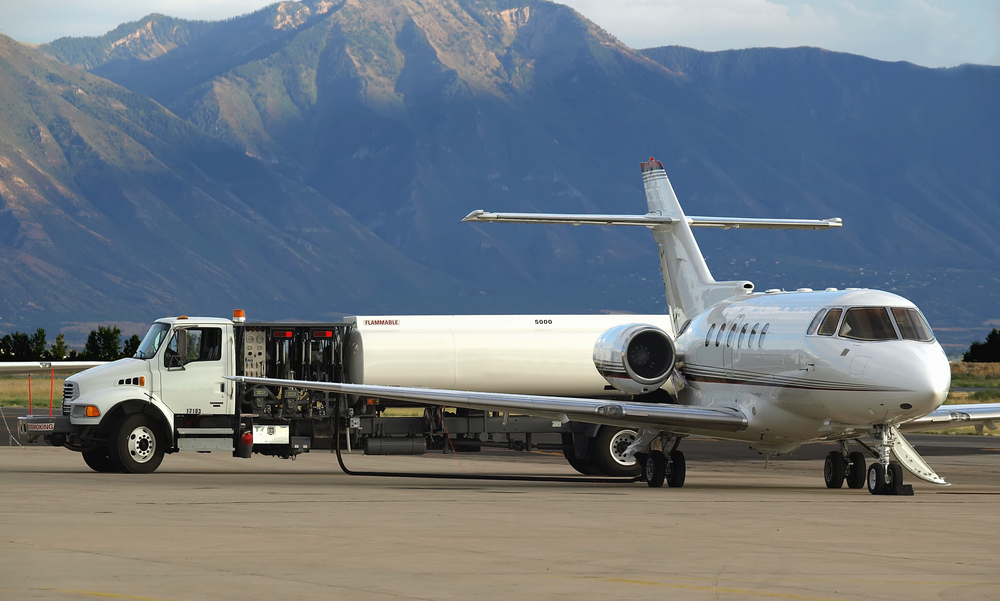
Upfront costs
The first and most significant obstacle to jet ownership today is finding one. Used jet inventory is at an all-time low, and backlogs and wait times for newly produced jets are growing longer as well. Prices are skyrocketing throughout private aviation markets.
The price you can expect to pay for a used jet depends on several factors, including make, model, air miles, year, and condition. It’s best to shop around and compare jets of the same class to gain a better understanding of market prices. You might expect to pay in the range of $14 million to $35 million for a pre-owned Gulfstream G450, a super-midsize jet.
The cost of the jet isn’t the only upfront expense. You’ll also need to have it registered and insured, the costs of which vary depending on the jet. Using the super-midsize example again, you might expect to pay upwards of $45,000 in comprehensive insurance, including hull and liability. And, of course, if the jet you purchase is not compliant with current airworthiness regulations, you’ll also need to foot the bill for upgrades.
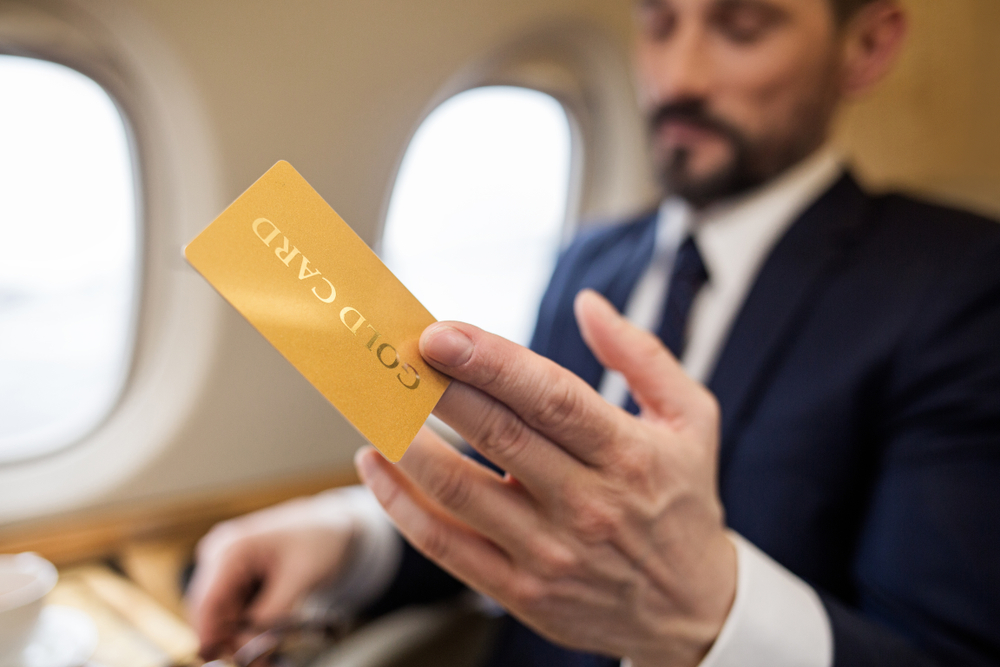
Ongoing costs
Most experts agree the minimum break-even point for private jet ownership is 200 to 400 hours of logged flight time each year. If you’re planning on spending that much time in the air, you’ll also need to consider several ongoing costs:
- Pilot and crew. Unless you’re flying your own turboprop, you’ll need to pay a pilot and staff for every journey your plane takes. Keep in mind the average annual salary for a private pilot is well over $100,000.
- Hangar and tie-down costs. When you’re not flying, your plane needs a parking space. Hangar fees range from $81,000 to $160,000 annually, depending on the airport.
- Maintenance. Regular maintenance is imperative and comes with its own set of costs, depending on the jet. You might expect to pay $4 million a year to maintain a Gulfstream G450.
Upgrades are another cost to consider. Mandated upgrades can’t be argued with, while others might evolve from want to need over the course of your ownership. Upgrades can easily tally into the hundreds of thousands, depending on the age and condition of your jet.

The grand total
How much can you expect to pay for a private jet in 2022? If you can find one you want among limited available inventory, expect to pay a premium in the current market. All told, and using the Gulfstream G450 as a benchmark, expect to pay between $14 million to $35 million to acquire a jet and another $4 million to $5 million to own, house, and maintain it.
Contact the experts at L & L International if you need assistance acquiring or selling a private jet. You can reach our sales specialists today at Sales@L-Lint.com, call us anytime at (305) 754-3313, or
visit us online.
When boarding a commercial flight, the last thing you expect to encounter is a four-legged fellow passenger. During the COVID-19 pandemic, many airlines prohibited pet travel unless animals were stowed in steerage. But that hasn’t stopped many travelers from flying with their furry friends. In fact, it’s pushed more people onto chartered flights. This is especially true in Hong Kong, given the dire situation pets face as part of the country’s COVID-19 quarantine laws.

What’s going on in Hong Kong?
Every country has its own approach to COVID-19 health and safety, and some policies are more stringent than others. Hong Kong has taken an especially proactive stance to combat the pandemic — with some of the world’s strictest policies.
Their inflexible approach to public health has serious implications for pets. Pets are not permitted to accompany their owners to quarantine locations, and city officials have taken swift action in response to cases of COVID-19 in animals. In early 2022, the city euthanized thousands of small animals after several tested positive at a pet store. Residents now fear for the safety of their beloved pets.

A private jet for your pet
As pet owners move to evacuate their pets from Hong Kong — or even travel for leisure with a pet in tow — commercial flights are not a viable option. Most commercial flights have banned pets or imposed strict rules that make it difficult to transport cats and dogs. These obstacles have pushed many toward private flights, and charter companies are embracing the opportunity.
According to one aviation firm, its chartered flights involving pet passengers are up more than 700% since the onset of the pandemic. Another firm, in dealing with Hong Kong departures, claims it is booking pet-inclusive charters up to 12 months out. Recognizing demand, many charter companies are advertising specifically to pet owners and building in value-added services to make the price of a private charter worth the cost.
The perks of chartering pet travel
As charter companies cater to a growing customer base of pet owners, they’re going out of their way to make the experience as seamless and convenient as possible. This includes helping owners confirm their pets have microchips, the correct travel paperwork, and all required vaccinations.
While charter companies assist with preflight accommodations, they’re also picking up new routes to cater to travelers and their pets. Many have expanded service to include dedicated “pet flights,” particularly from Hong Kong. According to Robb Report, one charter even arranged a direct flight from Miami to New York for a single dog aboard its own 16-person Gulfstream IVSP. Pet charters have become a booming business for private aviation.
Contact the experts at L & L International if you need assistance acquiring or selling a private jet. You can reach our sales specialists today at Sales@L-Lint.com, call us anytime at (305) 754-3313, or
visit us online.
When a company is traded in public markets, it’s obligated to comply with specific rules regarding the disclosure of financial information. Mandatory disclosures provide critical insight into specific companies and the whole of the market sector. As more private aviation companies go public, investors glean data from their disclosure filings. All signs point to 2021 as a banner year for private aviation, thanks in large part to strong market activity from newly public companies and private aviation stalwarts.
Newcomers to public markets
2021 was a big year for private aviation startups to go public — especially through special purpose acquisition companies (SPACs). These startups came to the market via acquisition by “blank-check” companies that were already public, including Joby Aviation (NYSE: JOBY) and Archer Aviation (NYSE: ACHR).
All told, six eVTOL startups found their way into public markets in 2021, which sends a clear message that urban air travel is likely coming soon. Early financial disclosures report eVTOL makers raised upwards of $2.5 billion in their push to go public, which will jumpstart the process of vehicle certification.

Charter companies are booming
Demand for private charters boomed in 2021. Direct beneficiaries of the shift to private air travel include big names like NetJets and Wheels Up. And while there are virtually no public charter companies, these two shed light on how significant the year was for private charter operators.
NetJets, a subsidiary of Berkshire Hathaway, saw a 30% jump in flight activity from 2020 to 2021. In a signal of its expectations for future growth, the company also committed $2.5 billion to fleet enhancements for 2022. Meanwhile, Wheels Up (NYSE: UP) went public via SPAC and will begin releasing earnings regularly in 2022. Previous filings show the charter company posted nearly $700 million in revenue in 2020 with increases in net profit, profit margins, and cash on hand.
If these two companies are a sign for the greater charter industry, 2022 stands to be another banner year for regional private jet travel.

Legacy airframers soldier through the pandemic
The real Wall Street winners of 2021 were private airframers. While commercial jet companies face a lagging, rocky recovery, private jet makers rode a wave of consumer demand to new heights. Here’s how the major public players fared in 2021:
- General Dynamics (NYSE: GD), maker of Gulfstream jets, was up 37% last year.
- Textron (NYSE: TXT) share prices shot up a staggering 60% over the course of 2021.
- Embraer (NYSE: ERJ) saw enormous gains of more than 160% over the year.
- Bombardier (OTC: BDRBF) saw a staggering 247% increase across 2021.
Other airframers around the world, including Dassault Aviation, saw healthy gains as well. But the market wasn’t all green in 2021. Conglomerates, including Boeing (NYSE: BA), traded sideways as other aspects of business suffered through the pandemic, but pure play private airframers were market champions.
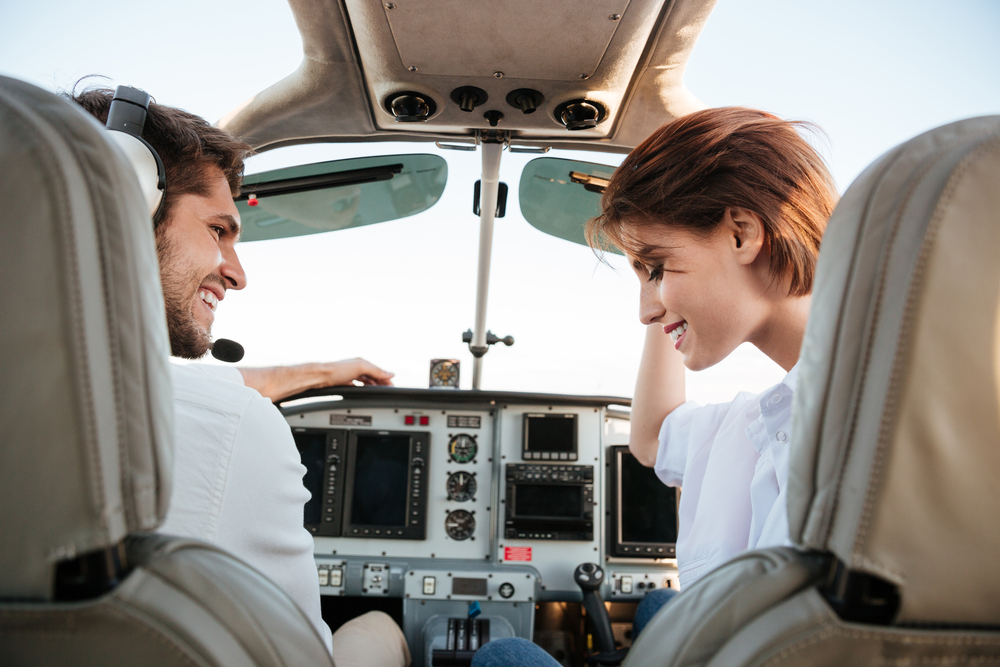
All signs point to a strong year ahead
The momentum of the private aviation industry in 2021 was staggering and bodes well for the year ahead. With new jets expected to enter service in the second half of the year, and last year’s strong order action to facilitate deliveries through 2022, it appears we’ve entered a new era of private air travel.
Of the many sporting events around the world every year, the NFL Super Bowl takes the popularity cake. Super Bowl Sunday is almost a national holiday, and it draws spectators and fans no matter which teams are on the field. For those lucky enough to score tickets, the trip to the big game is one to remember, and for many, the journey involves chartering a private jet. Super Bowl Sunday isn’t just big for the teams involved; it’s also a major event for private aviation.
Los Angeles airports brace for traffic
The Super Bowl is expected to create a week-long tourism boom. Among those arriving are celebrities, business executives, and other high-net-worth individuals whose preferred mode of transportation is a private jet. Los Angeles area airports are already issuing reservation programs for ground crews.
According to the National Business Aviation Association (NBAA), LA area airports are bracing for a significant uptick in arrivals and departures between Wednesday, February 9 and Tuesday, February 15 — enough time to arrive before the big game and plenty of time to enjoy post-game festivities. This surge of traffic could result in drop-and-go service as vacancies are quickly occupied by early arrivals.
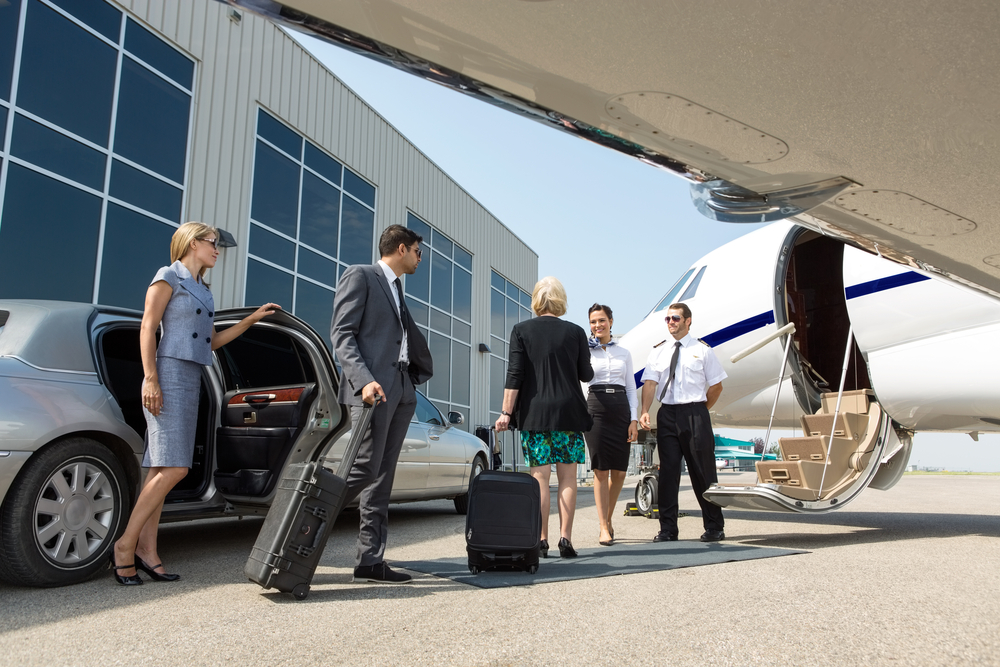
Coping with congestion
As LA braces for the biggest sporting event of the year, the NBAA and local airports are cooperating in their plans for the inevitable congestion. The NBAA is hosting a comprehensive resource on its website to help charter companies and private jet owners plan their arrivals and departures and expedite their drop-and-go operations.
Private aviation owners can also expect Temporary Flight Restrictions (TFR) on the day of — and in the days leading up to — the event. Operators must stay abreast of NOTAM and adapt flight plans to changing circumstances as LA airports brace for congestion.
A look back at past Super Bowls
The impending surge of private air traffic to LA area airports isn’t unprecedented, but it remains problematic. Super Bowl LIV in Miami brought 1,946 private jet fly-ins. On the other hand, 2021’s Super Bowl LV drew a meager 679 fly-ins, primarily due to COVID-19 restrictions.
This year’s Super Bowl promises a return to pre-pandemic attendance levels, and analysts believe it will prove a record-setting event for private aviation charters. Los Angeles’ SoFi Stadium has a total capacity of 100,240 and expects to host a sold-out crowd on February 13. But figures predict the event will bring as many as 150,000 visitors and $477 million to Los Angeles.

Private aviation’s biggest event of the year
Few events attract such numbers of private and charter jets to a single destination like the Super Bowl. This year’s game is likely to bring even more attention as dedicated fans and casual spectators alike use private aviation to descend on Los Angeles for a full week of festivities.
The expert jet brokers at L & L International are here to help you acquire the perfect jet. Need to sell your jet? We can assist with that, too.
Contact the private aviation professionals online, at
sales@L-Lint.com, or at
+1 (305) 754-3313.
Prices are on the rise in the post-pandemic market — including for private jets. Pre-owned jets are historically affordable options for those seeking to make the leap to private jet ownership. Now, according to the National Business Aviation Association (NBAA), the winds of change are blowing. The supply of used jets is shrinking, leading to higher prices in a time of surging demand. The cost barrier for jet ownership might be a little higher these days, but it’s a great sign for the health of the industry.

Why are private jet prices on the rise?
Many factors lend themselves to the rising cost of private aircraft. Above all, inventory has reached record lows. The reason? First-time buyers. New buyers have had a massive effect on the market because they’re purchasing used jets without an aircraft to trade in. The scales of supply and demand have tipped in favor of demand.
Complicating matters further, owners of multiple jets are hanging onto their fleet. The result is rapidly depleting inventory for used jets. Couple low inventory with increased, pandemic-related demand for private air travel, and you’ve got the perfect recipe for spiking prices.
Pandemic factors have fueled demand
When the world shut down during the global pandemic, private jet sales soared. 2020 was a banner year for pre-owned jet sales, with sales figures for used jets nearly doubling compared to previous years. In December 2020 alone, the number reached 861 — compared to 479 in December of 2017.
Today, there are only 1,400 used jets for sale. According to Rollie Vincent, president of Rolland Vincent Associates, current inventory is “The lowest we’ve seen in years. It’s an unheard-of number that represents about 6 percent of the fleet. There are simply more buyers than sellers.”
Buyers eager to enter the market have few options other than purchasing new aircraft, and inventory is tight there as well. In some cases, small single-engine planes have seen double digit price increases. Larger planes have seen single digit increases, but considering the value of these jets, even minor increases can raise the purchase price by millions.
There’s no sign of the market easing anytime soon. The NBAA expects inventory to remain tight for at least the next year.
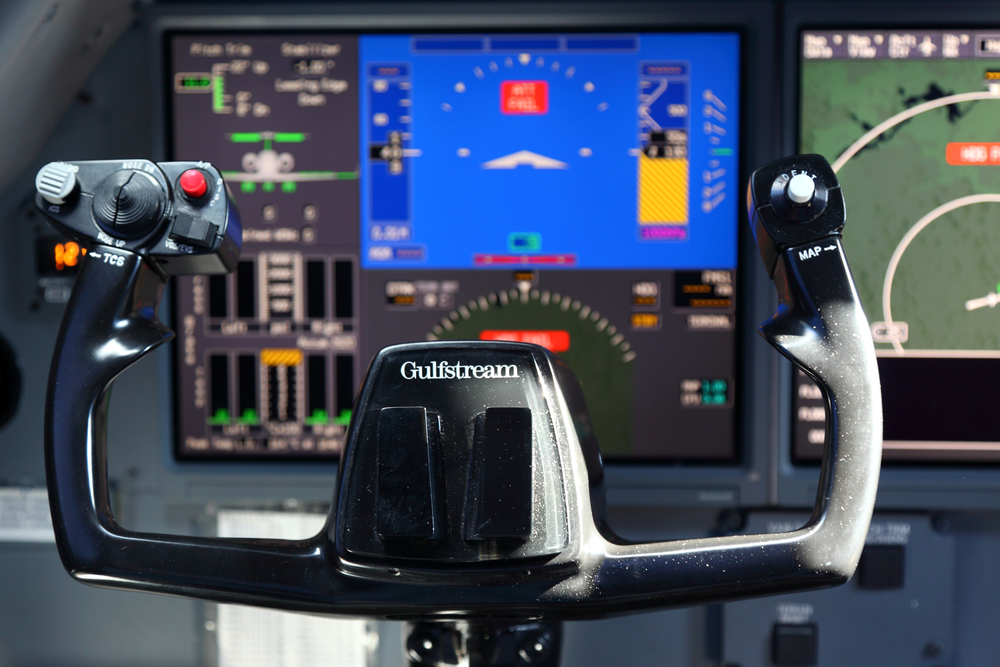
Rising prices are a good thing
Rising rates in any sector might alarm consumers, but it’s a good sign for the private aviation industry. It signals high demand for jets, consistency in expectation, confidence in the market, and buyers’ willingness to pay a premium for something they see as an asset.
Private jet brokers and sellers are no longer required to entice potential buyers as they were forced to in the years following the Great Recession. Instead, they’re trying to keep up with constantly increasing demand.
For those looking to enter the world of private aviation — or seeking an upgrade for their current jet — competition is fierce. It’s a seller’s market. With prospective buyers clamoring for pre-owned jets at higher-than-ever prices, it’s prudent to exercise patience. Working with an experienced broker can get you into the aircraft you want much faster than going it alone.
The expert jet brokers at L & L International are here to help you acquire the perfect jet. Need to sell your jet? We can assist with that too.
Contact the private aviation professionals online, at
sales@L-Lint.com, or at
+1 (305) 754-3313.
By now, we all know the story of private aviation’s explosive growth at the outset of the pandemic. People around the world chartered jets to escape lockdowns, travel safely, and avoid commercial flight debacles. But as the numbers roll in and paint a picture of private aviation across 2020 as a whole, it becomes evident that its success goes far beyond a bump in traffic and charters. Private aviation dominated the pandemic year for a diverse array of reasons, and there’s no reason to think it won’t continue to in 2021.
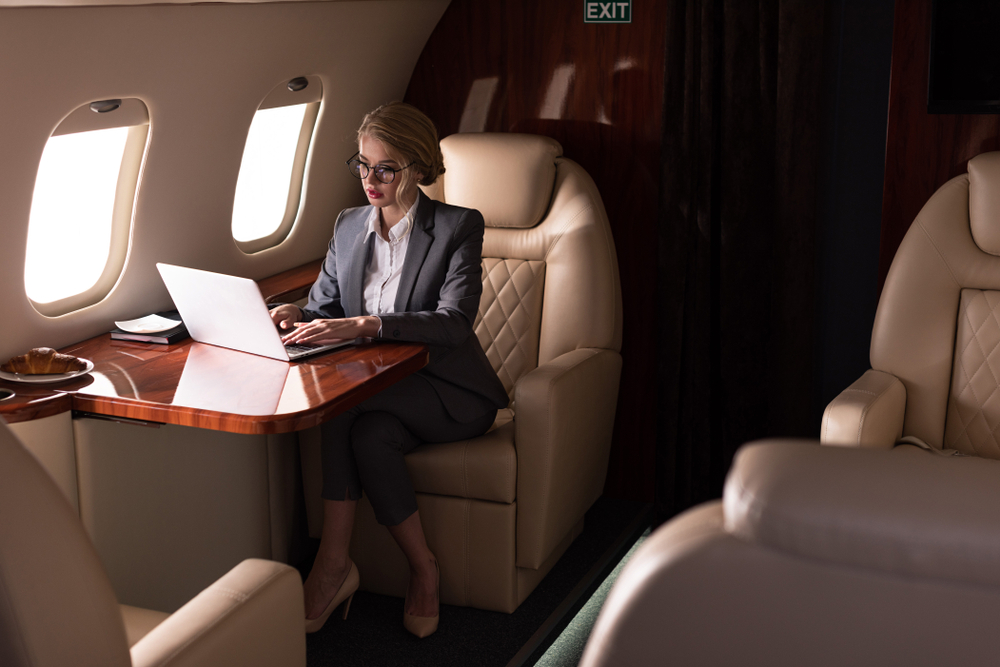
2020 was a year of highs and lows
The pandemic year was nothing short of a rollercoaster for private aviation. In the first quarter, private charters shot up as people sought to get back home amongst border closures and significant travel delays. Then, at the height of the pandemic, data from FlightAware shows that charter activity fell sharply as broad travel restrictions notched into place. Over the latter half of the year, charters rose steadily as people acclimated to the pandemic and pursued safer, non-commercial means of travel.
According to Business Insider, leisure travel was the surprising driver behind the late-year push in private charters — and the reason for the industry’s relatively great year. According to the report, “firms began shifting their efforts towards leisure flying even more after a McKinsey and Company study found that 90% of ultra-high-net-worth individuals don’t fly private, revealing an untapped market.”
All told, private aviation is weathering the pandemic far better than commercial aviation, which is still hemorrhaging losses.

Pandemic flights by the numbers
As data about 2020 finally congeals, it’s painting a picture that favors private jets — particularly business aviation (BizAv) flights. For example, while commercial airlines optimistically saw 50% flight volume in the latter half of the year, business charters during this same time period rebounded to between 85% and 90% of their 2019 volume.
Private jet memberships were an unexpected metric to trend upward during the pandemic. Bucking the idea that economic turmoil promotes conservative spending practices, NetJets reported three times as many new customers in the first three quarters of 2020 as it did for the same time period in 2019. Meanwhile, in July 2020 alone, private charter broker VistaJet saw a 320% increase in new memberships!
These figures are a window to an important trend that’s certain to manifest fully in 2021: people want convenience and they’re willing to pay for it. Already there’s been a shift to packaging private travel with resort deals or including jet cards with high-end luxury purchases. The pandemic may have stunted air travel as a whole, but it’s only made people more aware of the importance of convenience.
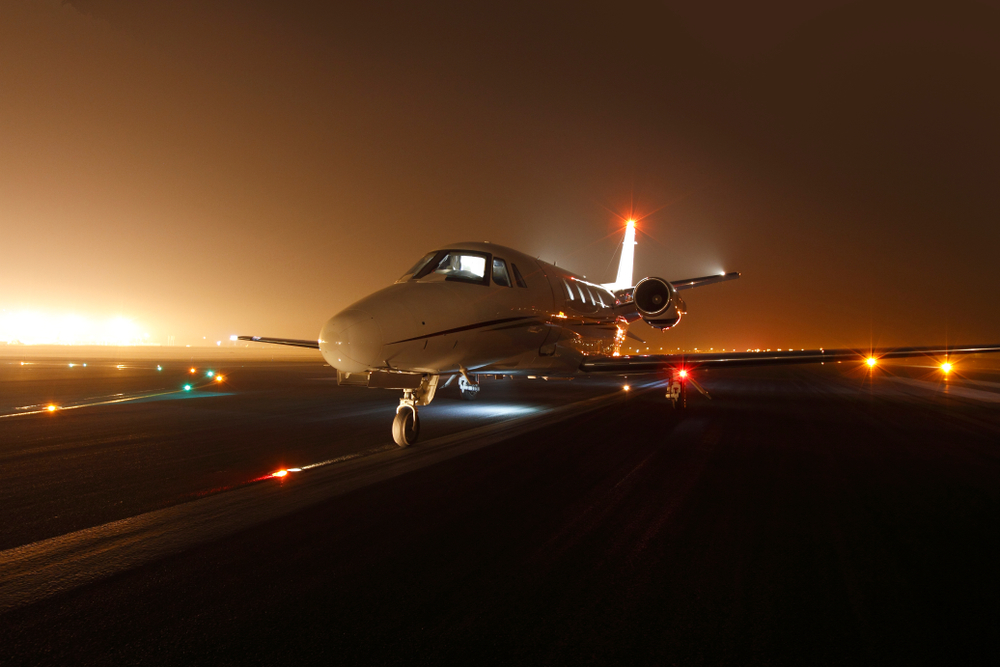
Private aviation continues to persevere
Charter data and memberships only tell one half of the triumphant year private aviation had amidst the pandemic. The delivery of Bombardier Global 5500 and Learjet 75 Liberty to customers shows the resolve of the industry to power forward. The agreement to open the Kansas Supersonic Transportation Corridor shows a commitment to the future.
Even more telling, the many mergers, acquisitions, and expansions in private aviation in 2020 show the workings of an industry that’s pivoting and positioning itself for success in spite of anything — global pandemics included.
There’s a big difference between buying a private jet and owning one. Like any vehicle, the sticker price you pay for a plane is just the start of the cost of ownership. Next comes upkeep and maintenance, fuel, and repairs. To really get the most out of a private jet, there are even more costs to consider, including the cost of licensing the craft, registering it, staffing crew, and more. All told, a private jet isn’t just a big investment; it’s a big ongoing investment.
A lifetime commitment
There’s a certain undeniable romance in purchasing a private jet. The idea of having a way to travel thousands of miles from home at the drop of a hat — to explore new environments, eat new cuisine and meet exciting, new people — is alluring. Before you make the leap, however, you should be aware of the costs associated with actually owning a private plane.
Let’s put it this way. If you bought a new car — even a gorgeous, new BMW — you wouldn’t expect it to run forever without breaking down. You’d need to take your car saw a mechanic from time to time to ensure it was in good working order. That miracle of German engineering is a blast to drive, but it doesn’t run on magic. You need fuel to keep it going. A private plane is no different. In fact, there are costs associated with a private plane that you’d never see associated with a car or truck.

Private planes, by the numbers
Let’s start with the entry-level price of a reliable private jet. For a plane that seats seven, like the Cirrus Vision SF50, you can expect to spend $2 million on a plane just off the assembly line. Once the plane is in the hangar, owners can expect to spend up to $400,000 on overall fuel and maintenance costs. If you go one tier higher, those annual fees can begin to triple, to $1.2 million.
Not impressed? Maybe you need a little more room. The Gulfstream 450 seats up to 19 people and can be bought brand-new for the bargain price of $40 million (give or take). You can find it for roughly half of that price on the refurbished market. Once you’ve got your gorgeous new (or new-to-you) G450 in the hangar, the annual cost of operating is the same: about $4 million every year.
That’s not the end of your costs, however. There’s insurance ($40,000 a year), hangar fees (between $80,000 and $160,000 a year) and state-of-the-art, must-have add-ons. Plus, you’ll need a crew to operate that private jet, too. The costs keep climbing.

Ideal for the right consumer
With all the costs associated with owning a private jet, you may wonder why anyone would invest the money. The answer is simple: convenience and comfort. You’ve heard the expression, “time is money.” The people who have discovered success in their line of work understand this maxim to be undoubtedly true.
As a result, when your business consistently takes you to the far-flung corners of the country or the world, you must get there quickly and with minimal hassle. What’s more, a private jet can reach an untold number of airstrips, cities, and countries that are all-but inaccessible to commercial flights. That’s why countless companies and successful entrepreneurs rely on a stand-by private jet to ensure they’re getting where they need to go, when they need to get there — regardless of the high costs of ownership.
The expert jet brokers at L & L International are here to help you acquire the perfect jet. Need to sell your jet? We can assist with that, too.
Contact the private aviation professionals online, at
sales@L-Lint.com, or at
+1 (305) 754-3313.
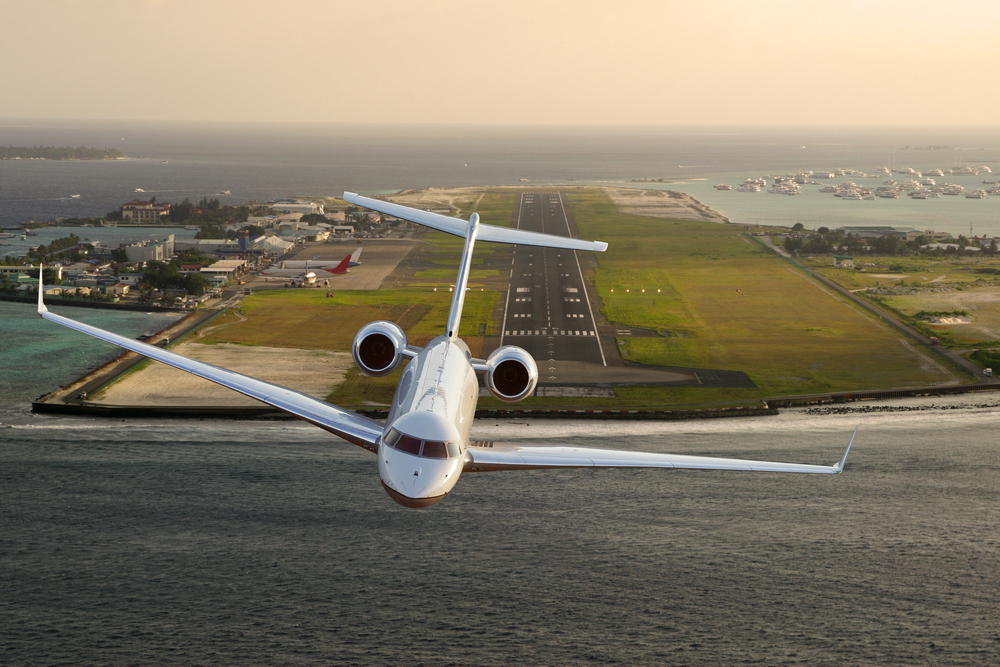
The United States, like much of the world, is beginning to transition back to some semblance of normalcy as the COVID-19 pandemic comes under control. But the threat of the virus is far from gone, and it lingers fresh in many people’s minds. This is part of the reason commercial aviation is still suffering and why private aviation is beginning to pick up. Signs seem to indicate that while devastating for a quarter or two, COVID-19 won’t necessarily lead to the economic crisis many predicted. Instead, it continues to be a prominent health concern.
Business skyrockets in the midst of a pandemic
For private charters, the coronavirus outbreak has proven to be more of a health concern than an economic one. Since March, companies have seen record-breaking numbers of new customers — and they’re not business executives. Wealthy families and individuals are purchasing flight hours due to lingering fears about the safety of commercial airlines. Although business is only a fraction of what it was last year, the private aviation industry is faring much better than its commercial counterpart.
For those who can afford it, the high price of flying privately is not a factor when their health is on the line. It’s well worth spending tens of thousands of dollars on jet cards if it means protecting families and business partners in high age brackets and with underlying health concerns. And, with countries reopening their borders, private aviation is sure to take off as customers launch their business and vacation plans.

Private aviation expands its client base
With business ventures in a lull, corporations aren’t scheduling private flights for their associates. Instead, the private aviation industry is now catering to athletes who normally would have flown commercial.
Another key demographic includes wealthy individuals looking to stay domestic for their summer vacations. Appealing to vacationers also helps breathe life back into the hotel industry. Some jet brokers are even partnering with hotel chains to score client discounts. And it’s working. Companies like SmartFlyer have seen a huge spike in domestic charters since March — as much as 400-500% increases in bookings.
Private jet owners also are encouraged to take to the skies. Keeping a jet in its hangar can actually be more costly than flying it. A jet that grows cold on the ground means its pilot has to be recertified once it’s time to fly again. Plus, owners can rent their plane to clients to gain revenue and keep their pilots employed.
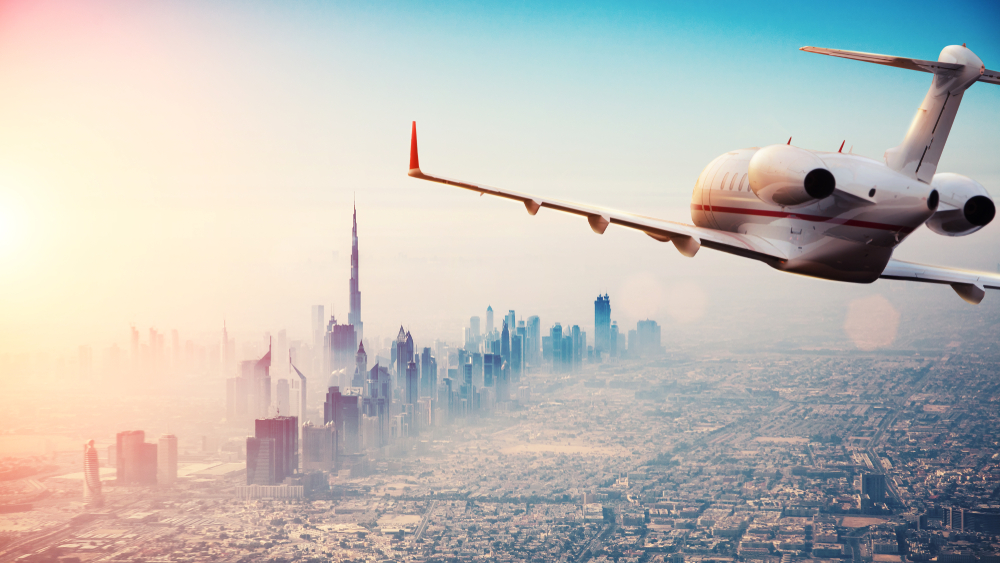
Private jets are cheaper than ever
The global pandemic isn’t the only factor luring people towards private jets. Companies have started offering deals that are hard to pass up. Many employ a matchmaking method where two customers with similar destinations consent to sharing a private jet. In addition to COVID-19 discounts, flyers can enjoy paying half the price for a flight thanks to this matchmaking.
An even more popular tactic for bolstering the balance sheet has been the sale of special jet cards or flex-spending cards. These options garner cash up front, allowing jetsetters to fly later with varying stipulations. For individuals bullish on a return to normalcy before the end of the year, it’s a great investment.
At the bottom of it all is one clear trend: private jets are getting back into the sky with unanticipated rapidity. While commercial airliners continue to suffer, private jets are set to thrive in the post-COVID-19 travel environment, primarily for health-related reasons.
The expert jet brokers at L & L International are here to help you acquire the perfect jet. Need to sell your jet? We can assist with that, too.
Contact the private aviation professionals online, at
sales@L-Lint.com, or at
+1 (305) 754-3313.
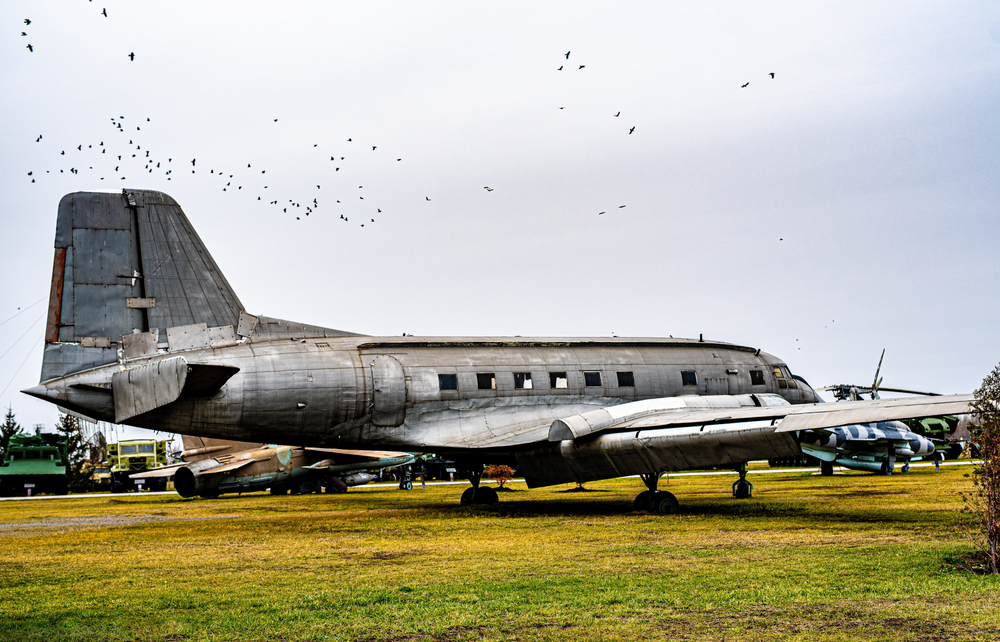
The service life of private jets can reach up to 50 years, or 27,500 flight hours. But that’s only with proper maintenance and the assurance your plane doesn’t encounter any major airworthiness issues.
All it takes is lackluster maintenance, out-of-date equipment, or even a particularly bad bird strike to keep a plane grounded. If enough problems accumulate, your aircraft’s end of life date may come well before it reaches the 50-year mark. It leaves you asking the simple question of what you can or should do with an aircraft that’s reached the end of its serviceable life.
Option 1: Sell it to someone else
 Not every airworthiness issue is a death sentence. In fact, “airworthiness” is an extremely subjective term that’s only recently been defined in a legal sense, as “in a condition for safe operation.” A blown engine is a clear airworthiness issue, but under the recognized definition, you might argue that a defective seatbelt is as well. The severity of an issue doesn’t necessarily correlate to plane airworthiness.
Not every airworthiness issue is a death sentence. In fact, “airworthiness” is an extremely subjective term that’s only recently been defined in a legal sense, as “in a condition for safe operation.” A blown engine is a clear airworthiness issue, but under the recognized definition, you might argue that a defective seatbelt is as well. The severity of an issue doesn’t necessarily correlate to plane airworthiness.
Take the recent ADS-B mandate, for example. The cost to upgrade can vary based on the plane model and year. For some aircraft owners, it’s just not worth it. Non-compliance with ADS-B might keep them grounded, but it’s a problem someone else might be willing to make the investment in. Here, the natural solution is to sell the plane.
Likewise, an accumulation of squawks on an airworthiness report might give some owners a headache. They sell the plane to get any remaining value out of it, and pass it off to someone willing to make a moderate investment in its airworthiness.
Option 2: Sell it for parts
If your aircraft is truly down for the count, it may still have some life left to give — in the form of spare parts. The engines of a midsized jet can sell for up to $20,000 alone! In fact, engine parts and components represent about 90% of the value of a jet’s salable parts. This isn’t to say there isn’t value in other essential components, though. Cockpit technology, furniture, and landing gear all represent lucrative opportunities for resale parts.
What can a jet fetch if broken down for parts? Based on available data, a $12 million, 8-passenger, midsized jet sold in the 2000s might fetch about $100,000 if broken down into parts. It may seem like a minuscule return on investment — especially if you’re the original owner — but it’s better than declaring a total loss or spending that and more to remedy airworthiness issues.

Option 3: Scrap and recycle it
Let’s say your jet is a wash. An engine fire has destroyed the most valuable component of the plane, the fuselage is 30 years old, and the interior is nothing spectacular. It’s going to take hundreds of thousands to get it up and running again, and at this point you’d rather just buy a new jet. What do you do?
The answer is to scrap it and recycle it. This option involves selling off usable parts — which might fetch a nominal fee — and getting scrap value for the rest. Again, avionics and vital components tend to fetch good per-part rates. Additionally, cockpits and fuselages can be broken down and sold off for a variety of purposes, or recycled into their lowest common elements (usually aluminum alloy).
When it’s time to part ways with a plane, there are several options depending on the condition of the craft. The better the condition or the more viable the parts, the more opportunity to squeeze some small value from it before it goes.
The expert jet brokers at L & L International are here to help you acquire the perfect jet. Need to sell your jet? We can assist with that, too.
Contact the private aviation professionals online, at
sales@L-Lint.com, or at
+1 (305) 754-3313.



